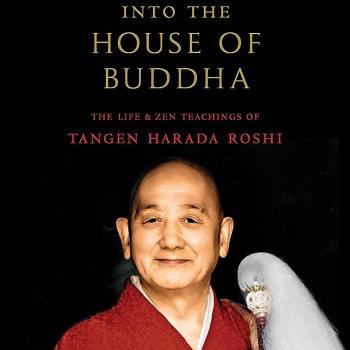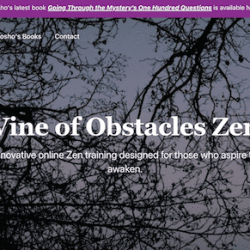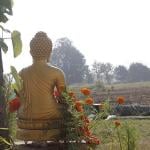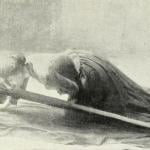In the Dogen study group, we’re now working through the Genjokoan in usual Soto fashion – three sessions and we’re done for now with the title. Along with various translations, we’re also using Sen’ne’s 13th Century commentary where we find this about the “ko” in Genjokoan, usually understood according to Sen’ne, to equalize the unequal:
What can we use as a criterion to define equalizing inequality? Once we understand that to be equal and to be unequal are one, it is not possible to say that we equalize inequality.
Yeah, arrogant to think that we can know what is fair. Arrogant to think that we can make it fair.
And yet, the child in the photo reaches out his or her hand. Clearly, doing nothing because we understand that equal and unequal are one, would be stinky buddhist bullshit.
What can we do?
This past week at work, a probation officer for some of the young people I work with brought his replacement over to meet people. Just the visual scene was striking to me – a tired, greying man of about 60 with red, tight facial skin and a young woman in her mid twenties, fresh, smart, and enthusiastic.
During our conversation, the young woman indicated that she was confident that she could make a difference. “Look,” said the old guy, “if you’re really good, maybe you can help one or two kids a year. That’s it. The sooner you accept that, the better.”
What criteria can we use to determine what is help and what isn’t?
Understanding that help and no-help are equal, we can relax deeply into the first vow: The many beings are numberless, I vow to free them all.
Knowing in our hearts that the work is endless, we can roll up our sleeves and go to work without leaking energy when our ideas about equal and unequal, help and no-help are seen for what they are – just our ideas.
The universe is reaching out it’s hand too. What will you do?












